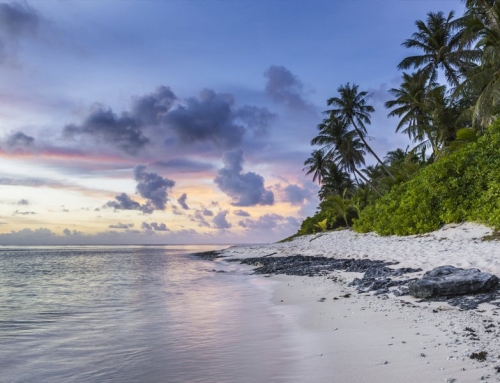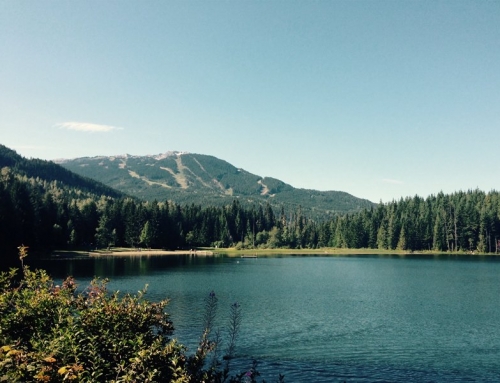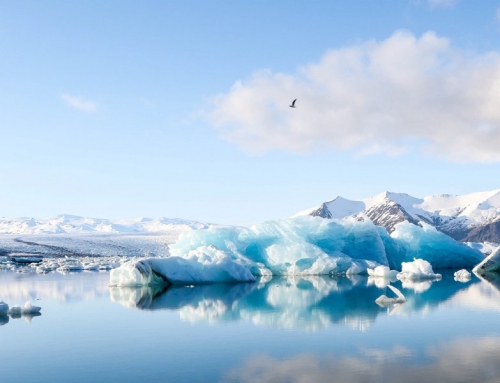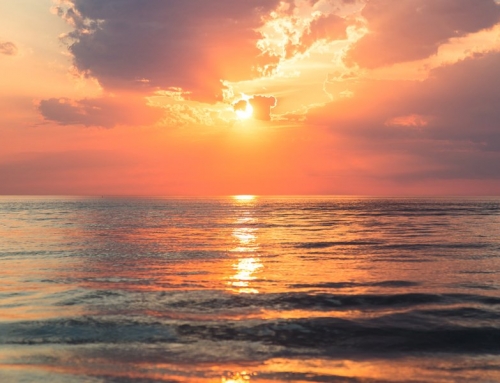Southern Italy forms the lower part of the Italian “boot”, containing the ankle (Campania), the toe (Calabria), the arch (Basilicata), and the heel (Apulia), Molise (north of Apulia) and Abruzzo (north of Molise) along with Sicily, removed from Calabria by the narrow Strait of Messina. Separating the “heel” and the “boot” is the Gulf of Taranto, named after the city of Taranto, which is at an angle between the heel and the boot itself. It is an arm of the Ionian Sea.
The island of Sardinia, situated to the west of the Italian peninsula and right below the French island of Corsica, may also often be included.
On the eastern coast is the Adriatic Sea, leading into the rest of the Mediterranean through the Strait of Otranto (named after the largest city on the tip of the heel). On the Adriatic, south of the “spur” of the boot, the peninsula of Monte Gargano; on the Tyrrhenian Sea, the Gulf of Salerno, the Gulf of Naples, the Gulf of Policastro and the Gulf of Gaeta are each named after a large coastal city. Along the northern coast of the Salernitan Gulf and on the south of the Sorrentine Peninsula runs the Amalfi Coast. Off the tip of the peninsula is the isle of Capri.
The climate is mainly Mediterranean (Köppen climate classification Csa), except at the highest elevations (Dsa, Dsb) and the semi-arid eastern stretches in Apulia and Molise, along the Ionian Sea in Calabria and the southern stretches of Sicily (BSw). The largest city of Southern Italy is Naples, an originally Greek name that it has historically maintained for millennia. Bari, Taranto, Reggio Calabria, Foggia, and Salerno are the next largest cities in the area.






